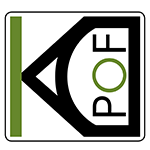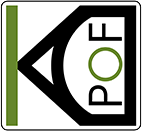EMC, Weight Reduction, and Multi-Gigabit Call for Optical Harness
Optical network technology overcomes these trends thanks to its inherent galvanic isolation, robustness, low cost, and low weight. Carmakers will benefit from optical links for communications between the 48-volt and the 12-volt domains. For weight, the optical network will save more than 30 percent of the equivalent copper-based harness weight. Optical Ethernet provides 100 Mb/s and 1 Gb/s network solutions today, and multi-gigabit Ethernet is the significant upcoming breakthrough for in-vehicle networks. The standardization effort for optical multi-gigabit is already in progress within the IEEE as an amendment to the Ethernet standard 802.3.




